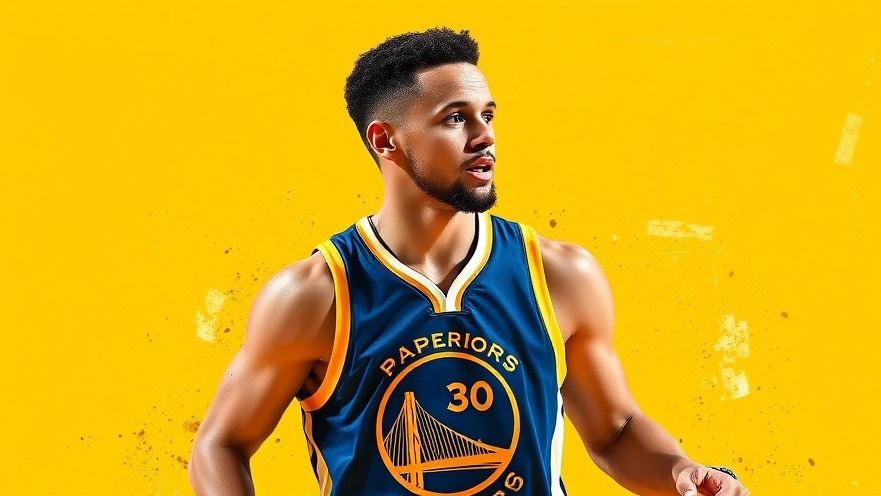
Exploring the Competitive Nature of the NBA: Dylan Brooks vs. Steph Curry
As the NBA playoffs intensify, the spotlight shifts to the players who must face the pressure of performing under duress. Recently, Dillon Brooks has ignited a debate by taking swipes at Steph Curry's injured thumb—a moment that epitomizes the fierce competitiveness of playoff basketball. In a sport thriving on confrontation, anecdotes like this one bring to light the unwritten rules and the psychology that players employ to gain an edge over their opponents.
In Stephen A. has NO PROBLEM with Dillon Brooks swiping at Steph Curry's injured thumb, the discussion dives into the intricacies of competition, particularly how players navigate injuries while striving for victory.
The Dynamics of Injury in Sports Competition
While many fans might label Brooks' actions as unsportsmanlike, he taps into a fundamental aspect of sports competition: exploiting the weaknesses of rivals. Playoff opponents often undergo intense scrutiny, and when a player is injured, it can alter the entire dynamics of the game. As Brooks pointedly remarked, “If I had an injured ankle, I would attack that ankle every single time.” This sentiment captures the essence of high-stakes sports, where players view injuries not just as setbacks but as opportunities to advance their goals.
Steph Curry's Resolve in the Face of Adversity
Despite his thumb injury, Curry maintains an attitude of resilience. He addressed his condition succinctly, saying, "As long as I can play, you keep it moving." This determination showcases Curry’s mental fortitude and why he’s considered one of the greatest players of all time. However, the question arises: how does an injury truly impact a player's performance on the court? For Curry, his statistical downturn in recent games—15 points over the last two games with less than 30% shooting from three—is hard to ignore. The connection between injury and performance is a fine line that requires further exploration.
The Unwritten Rules: Fair Play vs. Gamesmanship
As the debate unfolds, the concept of 'gamesmanship' emerges. Both Brooks and analysts highlight the blurred lines between fair competition and tactics aimed at exploiting an opponent's injury. In the eyes of some, Brooks' approach is strategic; in the eyes of others, it's a breach of sportsmanship. This gray area raises questions not just about the fairness of the act but about the very essence of competitive sports. By taking a swipe at an injured hand, Brooks is simply following an instinct that drives many athletes—the unwavering desire to win at any cost.
The Larger Impact of Injury on Team Dynamics
According to discussions from NBA commentators, injury management holds critical importance during the playoffs. Addressing Curry's thumb issue, strategies might include modifying the way he plays to compensate for the injury. This could mean creating more catch-and-shoot opportunities rather than relying on off-the-dribble shots—a tactic that would counteract the restriction that a thumb injury could impose.
Broader Implications: The Future of Injury in Sports
The ongoing discourse about player injuries raises widespread implications for the future of how injuries are handled in professional basketball. As Brooks suggests, if more players begin to target opponents' injuries deliberately, it could lead to calls for rule changes that address these tactics. Speculation abounds that the league will eventually need to impose stricter guidelines to ensure player safety, particularly as the intensity of playoff games continues to escalate.
Conclusion: The Psychology of Competition
No matter the outcome of this heated scenario, one thing remains clear: competitive sports champion an aggressive mindset. In the case of Dillon Brooks and Steph Curry, the backlash against Brooks' tactics merely highlights the realities of a game where performance is molded by psychological warfare as much as it is by physical prowess. As fans engage with these narratives, understanding the human element behind sports injuries can offer fresh perspectives on what it truly means to compete.
 Add Element
Add Element  Add Row
Add Row 



 Add Row
Add Row  Add
Add 


Write A Comment